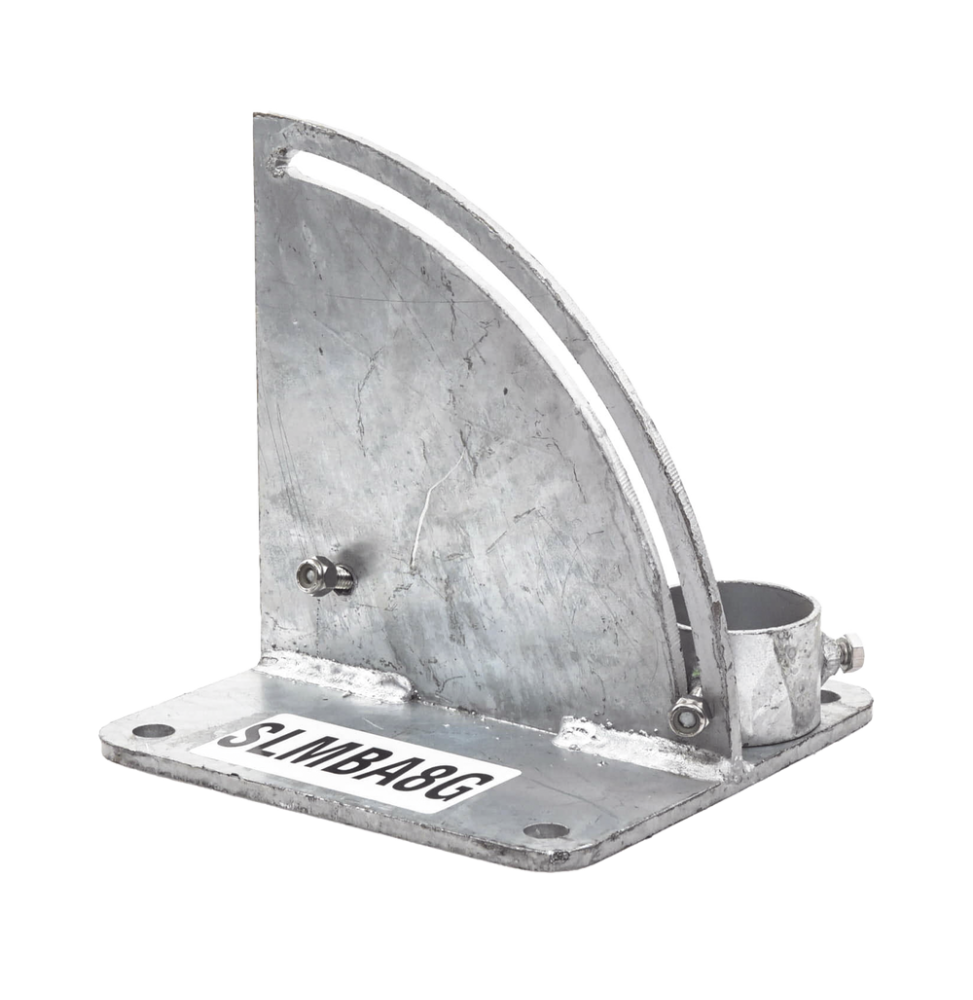- New
- Out Of Stock - info sales@secupply.com


25 W output power depending on the channel module version.
Works as an independent repeater
| Frequency coverage (Varies according to version) | 136-174 MHz (USA EXP EUR CAN AUS) | |
|---|---|---|
| Number of channels | 32 channels / 1 zones | |
| RF output | 50 W 25 W 5 W (USA EXP CAN AUS Versions) 25 W 10 W 5.8 W (EUR EXP Versions) | |
| Sensitivity | Digital (1% BER) | –4.0 dBμV (0.32 μV) emf typ. (EN301 166) |
| Analog (12 dB SINAD) | –119 dBm (0.25 μV) typ. (TIA-603) –6.0 dBμV emf typ. (EN300 086) | |
| Dimensions (projections not included; W×H×D) | 176×60×194 mm 6.9 × 2.4 × 7.6 in | |
| Weight (approx.) | 2.2 kg 4.9 lb | |

The IDAS Simulcast synchronizes multiple repeater sites for seamless wide area repeater coverage using just a pair of frequencies regardless of the number of repeater sites in the network. Each systems repeater site comprises only a network controller GPS antenna and repeater. No external timing reference unit additional modulation unit or other equipment is required.
The maximum number of sites for an IDAS Simulcast system is 32.
Simulcast repeaters transmit a signal at the same frequency and simultaneously with GPS synchronization. The IDAS simulcast system can greatly reduce signal degradation in overlapping areas using the digital signal. By tuning the timing of the repeater transmission overlapping signal areas can be adjusted relatively simply.

Repeaters transmit a downlink signal in sync at the same frequency.
Uplink signals received by each repeater site are first collected by the Master Repeater (Controller) through the network. The best uplink signal is selected and distributed to all repeater sites to be retransmitted.

The master repeater selects the best signal to downlink.
All NXDN™ compatible IDAS radio terminals can be used on the IDAS simulcast system. In addition the radio terminals wait for a call without scanning to reduce battery consumption. It extends the operating time when compared to a conventional multi-site system.
Installation and maintenance of a simulcast system could not be easier. You can effortlessly expand the coverage area by just adding repeaters. Additional pairs of frequencies are not required. Those repeaters can be integrated into the network with a simple setup (No reprogramming of radio terminals is necessary).
In a simulcast system there is an overlapping area where multiple signals arrive from two or more repeater sites. Delay spread means the time difference between receiving the signals according to the distance from the respective repeater sites. Delay spread can make received audio unintelligible similar to multipath fading which reduces repeater coverage.


The IDAS Simulcast system sends digital voice and data in 4800 bps using 4-Level FSK and 6.25 kHz very narrow bandwidth FDMA technology. Symbol duration is about 420 microseconds (μs). This long symbol duration affects very small Inter-Symbol Interference (ISI). As a result the delay spread tolerance of the IDAS Simulcast system is about 60 μs. The simplicity of a non-linear transmitter and GPS synchronization enables an FDMA digital system to achieve wide repeater coverage as an analog FM simulcast system.
By comparison the delay spread tolerance of a DMR/P25 Phase 1 system is about 30 μs a similar amount reduces the coverage radius. In a P25 simulcast system a more complex Linear Simulcast Modulation system is required to maintain a better tolerance to delay spread and for greater repeater coverage.

The IDAS Simulcast system provides mobile communication along a highway or railroad. You can communicate on the same channel.
Digital IDAS NXDN Repeater
Digital mode NXDN DIGITAL 6.25 kHz Digital trunking capability IDAS NXDN 6.25 kHz ISO 9001:2008 3-Year Warranty
Digital Repeater system using the NXDN™ common air interface.
The IDAS system occupies only 6.25kHz spacing per channel.
You can partially introduce the IDAS system while using the existing analog radios in a system. The IDAS system allows you to scale migration to narrow band digital at your own pace and need.
Frequency range: 400 - 470 MHz
General features:
Digital / NXDN features:
2024-10-22 13:25:20
Page: 2
No customer reviews for the moment.